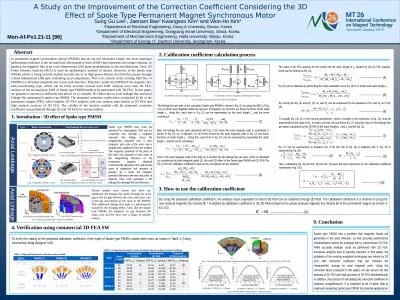PPT-FEA of the On-Off Mechanism Piston Movement Impact
Author : stefany-barnette | Published Date : 2016-03-15
Riku Raatikainen 472011 Introduction Model Description Boundary Conditions Results Conclusion INDEX INTRODUCTION The OnOff mechanism is a component for reflecting
Presentation Embed Code
Download Presentation
Download Presentation The PPT/PDF document "FEA of the On-Off Mechanism Piston Movem..." is the property of its rightful owner. Permission is granted to download and print the materials on this website for personal, non-commercial use only, and to display it on your personal computer provided you do not modify the materials and that you retain all copyright notices contained in the materials. By downloading content from our website, you accept the terms of this agreement.
FEA of the On-Off Mechanism Piston Movement Impact: Transcript
Download Rules Of Document
"FEA of the On-Off Mechanism Piston Movement Impact"The content belongs to its owner. You may download and print it for personal use, without modification, and keep all copyright notices. By downloading, you agree to these terms.
Related Documents

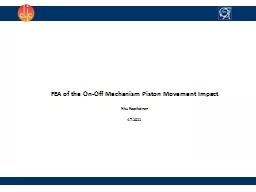
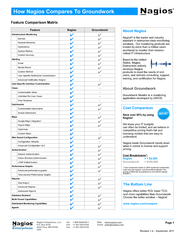



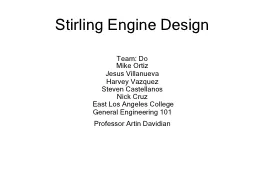
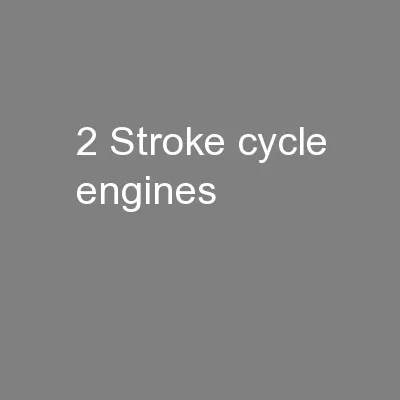
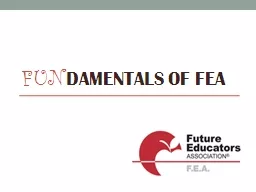



![EFG@AHI�JKLMNOP�MQKORP�LSJTNPI�JUVWXYZZZI�[FBA@TWA\I�]U^_\A@@�LU`a\FEA](https://thumbs.docslides.com/829757/efg-ahi-jklmnop-mqkorp-lsjtnpi-juvwxyzzzi-fba-twa-i-u-a-lu-a-fea.jpg)

